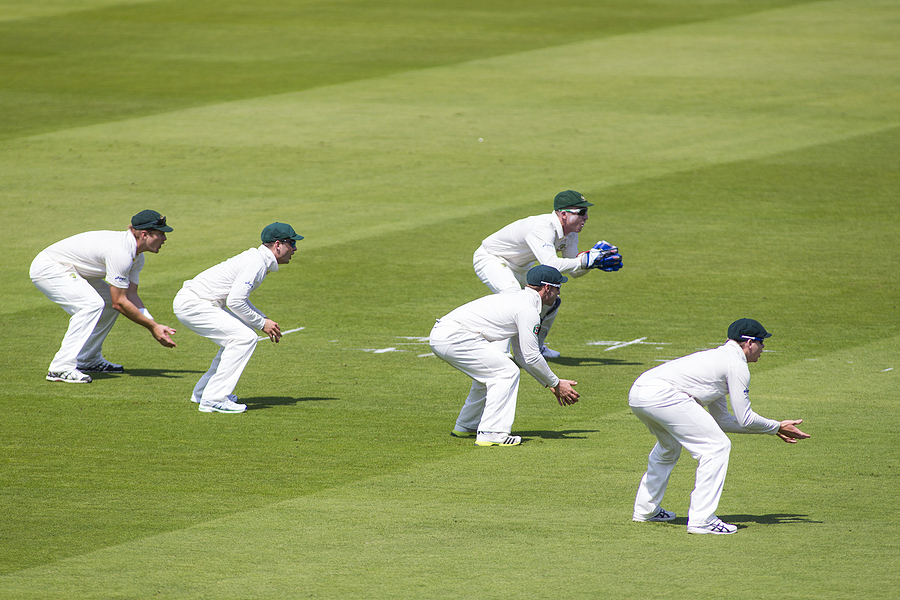
Unity, Cohesion, Harmony …
Team unity is also known by other names such as culture, team cohesion, and team chemistry. All of these labels describe the factors that can result in some sporting teams being completely unified. Whilst others can resemble the boys from the famous novel The Lord of the Flies. If you have never read the book I’ll sum it up for you. They end up killing each other!
Team Unity is possibly the most intriguing aspect of sporting mental toughness. It is without a doubt the area that athletes expect to be good at without having to do any work. All athletes understand that to improve muscle strength they’ll need to do some work. Most athletes understand that to improve managing emotions they’ll need to do some work. But most athletes expect their teammates to respect them just by existing.
In other words, the culture of most sporting teams, even the professional ones, is typically not that flash. The second factor is that regardless of the current state of your team’s culture it can be improved. That’s right, if it’s currently poor it can be bettered and if it’s already excellent it can still be improved further.
When Team Unity Falls Apart
Between 2005 and 2015 Kevin Pietersen was the top run scorer for the English men’s national cricket team. However, he was regarded by many of his teammates as a prickly character. They tried to address this but couldn’t. Many sporting teams would simply have accepted this and let him carry on playing.

However, unity was considered so important by The England Cricket Board they eventually stopped selecting their top batsman. This article explains the situation in a lot more detail.
How Is Team Unity Best Improved In Sporting Teams?
One of the best ways (but also one of the most costly) is to engage the services of a qualified sport psychologist. I am sure all psychologists working in sport have their own way of going about this. However at Condor Performance, when it comes to improving team unity we love to work mainly with the coaching staff.
One of the main jobs of the coach of a sporting team is to unify the team and then keep them unified. The problem is most of them attempt to do this delicate work under-equipped. This results in millions of well-intended coaches around the world doing an average job of this key component of performance.
So we work with the coach or coaches and put what we call The 10 R’s under the microscope. The 10 R’s refers to five pairs of words that each starts with the letter R. They provide a great starting point for discussions on how to improve the unity of any given team. Of course, these teams don’t have to be sporting groups.
Roles and Rules
It is virtually impossible for a team to be unified without clear rules and roles. If the individual members are not clear about their roles this will cause frustration and infighting. The ‘blame game’ is rife in sporting teams with poor role clarification.
The same applies to rules. What is and is not acceptable should form a key part of pre-season for all competitive sporting teams. The most effective rules are confirmed in consultation with all the members of the team. Then they are written down. Then all parties sign on the dotted line to agree to abide by them.

Relationships and Respect
It is important to mention that the members of a team don’t actually need to be the best of friends. In fact, they don’t even really have to like one another. But they do need to respect one another. Mutual respect tends to result from teams whereby cliques are not allowed to form. In other words, there is some kind of relationship between all members of the team.
Reassurance and Reasons
More for the coaches but important nonetheless is giving frequent reassurance and reasons to the playing group. Humans are not mind-readers. Athletes are humans too. Some love getting reassurance that they are on track. Others need less reassurance. This is where the magic of the ‘why’ comes in. Letting players know why they’re progressing or struggling is the magic dust.
Ready and Relaxed
One furphy in elite sports is that one of the best ways to boost team chemistry is to win more. This is like putting the cart before the horse. In actual fact, one of the best ways is to help them prepare very well. Performers who feel ready and relaxed tend to get along much better than their stressed counterparts. And of course that proper preparation needs to include all aspects of performance. What are these again? Physical, Technical, Tactical, and Mental.
Recognition and Rewards
In most sports, the wins are often obvious. If your team wins the grand final you will not need our help in celebrating that. I am a much greater believer in recognising and celebrating the less obvious wins. What about the time that your teammate smashes her PB on the Beep Test? Or when all of you are able to attend training without anyone having an injury concern? Teams with a strong culture recognise these smaller milestones.
At Condor Performance we practice what we preach. Due to the monthly approach that we use in our consulting, we all accrue months. Each time a client pays for another month we add one month to our records for that psychologist. We then celebrate 50, 100, 500, 1000 and 2000 months together. For example below is a short video we made when Brian hit 500 months recently.
Do You Need Our Help?
If you are part of a team and you’d like some info on how we can work with you and your teammates please contact us via one of the below.
- Fill in the form via our Contact Us page.
- Complete one of our four Mental Toughness Questionnaires.
- Send a regular old email to [email protected] and make sure to include lots of background information.

